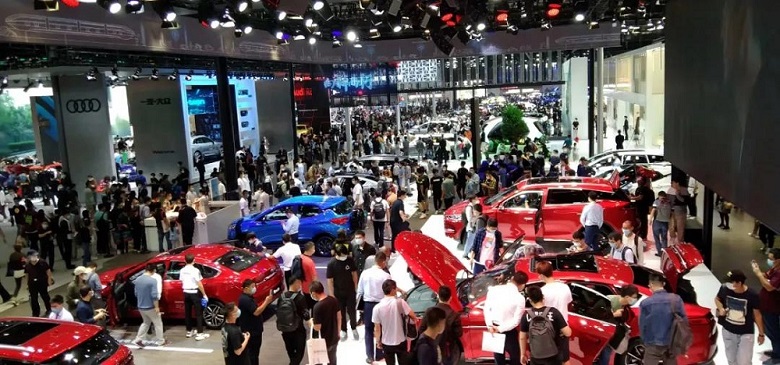Innovating Automotive Marketing in China
The automotive industry in China is buzzing with activity as many companies, including tech giants like Huawei and Xiaomi, have entered the market, intensifying competition. Traditional automakers need to adapt their strategies, while new players must sustain their advantages, and newcomers must find ways to break through.

The growth of new energy vehicles (NEVs) is driving a transformation in the industry. Government policies and early explorations have facilitated the transition of the market and industry, maturing consumer mindsets. The industry is shifting from policy-driven to market-driven, indicating that the move towards NEVs is a long-term trend, not a short-term process.
As NEVs become more prevalent, price wars have emerged as a primary competitive strategy in the industry. To stand out, automakers must either rely on technological innovation and superior services to maintain brand equity or leverage price advantages to attract consumers.
The penetration rate of NEVs has rapidly increased, growing from 1% in 2005 to 36% in 2023, and surpassing 50% for the first time in April 2024, signaling that NEVs have entered a mature stage, and the industry is undergoing a reshuffle.
NEVs are expanding from first-tier cities to lower-tier markets, and the value of these emerging markets is gradually being recognized by automotive brands. While product quality is essential in the face of competition, automotive marketing is the key to market success.
The traditional approach of relying heavily on advertising is losing effectiveness for established automakers, while the online sales systems of new players have brought fundamental changes to the industry. Content platforms, such as written blogs, short videos, and live streaming, have become essential for automotive brand operations.
However, in lower-tier markets, the coverage of traditional 4S dealerships is insufficient, and the distribution networks of NEV brands are also inadequate, making it difficult to reach target audiences. As a result, automotive brands need to explore new marketing channels and methods.
Automakers need to find new marketing channels and methods to attract new customer groups and engage with consumers early in their journey, continuously tracking them to improve conversion rates. Lower-tier markets are crucial for future brand success, and whoever can quickly connect with target audiences will seize the first-mover advantage in this time window.
Kuaishou, an emerging marketing platform, offers a new channel for automotive brands, boasting a large user base in lower-tier cities. Kuaishou’s financial reports show that 58% of its 700 million monthly active users are from lower-tier areas. The “2024 Kuaishou Automotive Ecosystem Report” reveals that among Kuaishou’s over 200 million lower-tier users, 70% are automotive users.
Kuaishou has unlocked various scenarios for automotive brand marketing, enabling brands to amplify their voices and build asset value. The automotive user base on Kuaishou remains largely untapped, presenting a blue ocean opportunity for early entrants to gain more attention.
Kuaishou is also continuously strengthening its automotive business, launching marketing solutions for the industry and iterating in areas such as channel operations, content ecosystem development, marketing funnel acceleration, and policy support. Kuaishou’s intelligent marketing capabilities have also been upgraded, enabling more scientific and efficient marketing services for automakers.
In summary, automotive marketing has entered a new era, and automakers need to find new marketing channels and methods to adapt to market changes. Kuaishou, as an emerging marketing platform with a massive lower-tier user base, presents a fresh opportunity for automotive brands.
